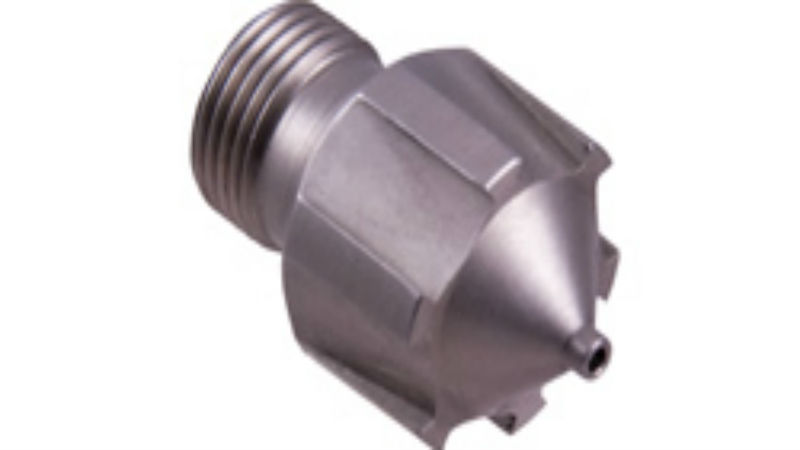The more elaborate and complex a part is in design, the greater the challenge for the OEM in manufacturing the part in a cost-effective way. To address this issue, most OEMs outsource the part manufacturing to a specialized company offering precision metal stamping.
Metal stamping is not a new process, but it is extremely cost-effective when compared to other methods of production. With the ability to automate the process without any sacrifice of quality, precision design, this is a manufacturing option that can be adapted for parts of all shapes and sizes.
The Process Overview
Metal stamping is complete using sheets of metal that are shaped using pressure. The high tonnage presses push the sheet metal through stamping dies, creating a form that is an exact replica of the die.
Depending on the complexity of the part or component, this can be done in a single operation, or it can involve a series of die that gradually refine the shape of the component to the tolerances required.
Either option, a single process or multiple processes, are controlled by the pressure on the press, providing consistency in production. The design of the die and the efficiency of the press are key factors in providing precision metal stamping to meet the exacting demands of the specific OEM or applicable industry standards.
Low Production Costs
The use of automated systems and controls means that precision metal stamping can be very low-cost. The higher the order volume, the lower the cost per part. While there is some initial investment in tooling costs, in high production runs for parts and components this is minimal over the long term.
With companies specializing in precision stamping, turnaround time on orders can be very low. In addition, once the tooling is complete, the production is very fast, and the ability to repeat orders is very simple for the contract manufacturer.


